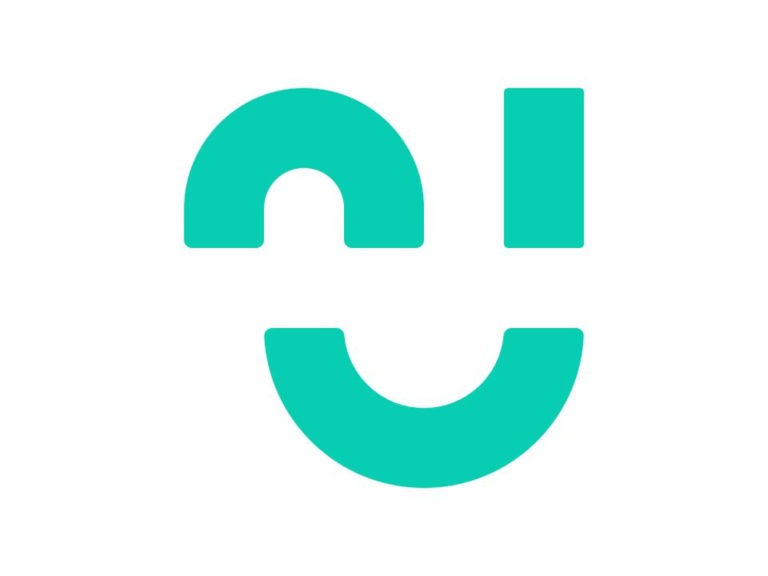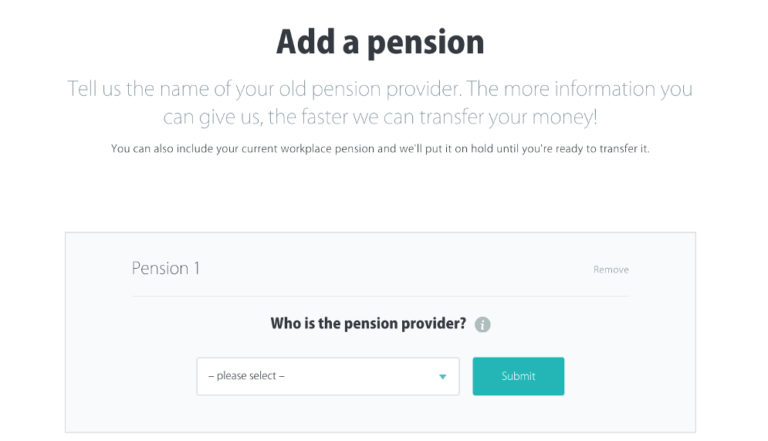Reward current accounts and how they work
Money Talk is intended to inform and educate; it's not financial advice. Affiliate links, including from Amazon, are used to help fund the site. If you make a purchase via a link marked with an *, Money Talk might receive a commission at no cost to you. Find out more here.
For savvy savers, current accounts that come with great interest rates are a no brainer.
It’s even better when they come with bank switching offers that sweeten the deal.
And yet, there might be times when a reward current account is a better bet – for example if you’re a higher or additional rate earner who has already maxed out their personal savings allowance – as the rewards are tax free.
With that in mind, here are some bank accounts that offer rewards instead of interest payments.
The criteria for inclusion
In recent years there’s been a growth in reward current accounts.
These are basically accounts that offer cashback and/or other benefits, often in lieu of interest rates.
Although you have to pay a fee in some cases, the cost is nominal and you pretty much always make a “profit”.
These are the ones I’ve included below.
Best reward current accounts at a glance
- Halifax Reward – monthly cost £3 or free, reward £5 or other benefits
- Santander Edge and Santander Edge Up – monthly cost £3 and £5 respectively, reward up to £30
- Natwest Reward – monthly cost £2, reward £5
- RBS Reward – monthly cost £2, reward £5
- Danske Bank – monthly cost £2, reward £5
- TSB Spend & Save and TSB Spend & Save Plus – monthly cost free or £3, reward £5
- Club Lloyds – monthly cost £3 or free, reward in benefits
- Chase – monthly cost free, reward variable
Halifax Reward
One of the longest running reward schemes is the Halifax Reward Current Account.
You pay £3 a month for the privilege, but this is waived if you can pay in £1,500 a month or more.
The money doesn’t need to stay in the account throughout the month, but your balance does need to be more than £0.
To qualify for the reward, you need to spend £500 on your debit card each month or keep at least £5,000 in your account everyday of the month.
The rewards are: two digital movie rentals, three digital magazines, one cinema ticket or £5 credited into your account.
At the beginning of a 12 month period, you get to choose your monthly reward. This is then locked in for the next year.
If you opt for the £5 cashback and keep £5,000 in your account option, it works out to be the equivalent of 1.2%AER.
Rewards like these don’t count towards your personal interest allowance for tax, so are great for additional and higher rate tax payers.
Halifax also offers additional cashback when you use your debit card with selected retailers.
Santander Edge and Santander Edge Up
The Santander Edge and Santander Edge Up accounts replaced the Santander 1|2|3 Lite and Santander 1|2|3 accounts respectively.
The Santander Edge account costs £3 a month to maintain and you have to pay in at least £500 a month and have two active direct debits.
There’s no interest payment for accounts in credit, but you can get up to £20 a month in cashback – up to £10 for essential spending such as groceries and up to £10 for household bills.
The Santander Edge Up account costs £5 a month to maintain and you have to pay in at least £1,500 a month and have two active direct debits.
However, you do get 3%AER on in-credit balances of up to £25,000.
Plus, the cashback cap is higher at £30, split across £15 for essential spending and £15 for household bills.
You’ll also get additional cashback by using your debit card with certain retailers as part of Santander Boost.
The major pitfall of these accounts is that the cashback is capped and, from experience with the Santander 1|2|3, it’s not always easy to reach the cap.
So before you sign up, make sure the cashback you get is higher than the cost of maintaining the accounts – Santander has a tool to help you estimate this.
Read this: Santander Edge: Is it worth switching current accounts?
Natwest Reward
Very similar to the Santander model is Natwest’s Reward account.
It’s a fee-paying account that costs £2 a month to maintain and you have to pay in £1,250 every month – although there’s no minimum balance required.
You get £4 a month in rewards for having two or more direct debits – two of those need to be at least £2 each – and £1 a month if you log into the mobile banking app.
The rewards can be exchanged for cashback or gift cards.
You also get additional cashback at selected retailers if you use your debit card.
RBS Reward
The RBS Reward account is exactly the same as the Natwest one.
You pay £2 a month to maintain the account, and need to deposit £1,250 every month – there’s no minimum balance required so you can take the money straight out if you need to.
If you have two or more direct debits – two of those need to be at least £2 each – you’ll get £4 a month. There’s also £1 a month if you log into the mobile banking app.
The rewards can be exchanged for cashback or gift cards.
You also get additional cashback at selected retailers if you use your debit card.
Danske Bank
Less well known compared to the high street banks on this list, Danske Bank is still a major player – your money is protected under the Financial Services Compensation Scheme (FSCS) so it’s perfectly safe.
The reward on its Danske Cash Reward Current Account is pretty average.
You used to get £7 credited to your account each month if you deposit at least £1,200 and log into mobile or internet banking.
Now you only get £5, with the monthly deposit requirement dropped to £1,000 a month.
However, you have to have completed at least eight debit card translations as well.
There’s no need to have direct debits going out though, or to maintain a minimum balance.
The account costs £2 a month, leaving you with a £3 profit.
TSB Spend & Save and TSB Spend & Save Plus
TSB has two versions of its Spend & Save account, both giving a £5 monthly reward.
To get the reward though, you have to make at least 20 transactions using your debit card per month – so this is definitely not one for you if you tend to rely on credit cards for everyday spends.
The Spend & Save Current Account is the free version but the reward only lasts for the first six months.
The Spend & Save Plus Current Account costs £3 a month but you get the £5 reward indefinitely, and it’s free to use your debit card abroad.
Club Lloyds
The Club Lloyds account is a lifestyle benefits current account from Lloyds Bank.
So instead of a monetary reward, you get to choose a lifestyle benefit such as a 12 month Disney+ subscription or gourmet society* membership.
The account costs £3 a month to maintain but this fee is waived if you pay in £2,000 a month or more.
You’ll need to have at least two active direct debits going out of your account though.
The one added benefit here is that you’ll get in credit interest.
This is set at:
- 1.50% AER for balances between £1 – £3,999.99
- 3% AER for balances between £4,000 – £5,000
- Nothing over £5,000
Read this: Club Lloyds: Is it worth switching to this Lloyds bank account?
Chase
The Chase Current Account is best for those who use their debit cards a lot as it gives you 1% cashback on most purchases for the first year.
You also get 5% AER on round ups; they round up your spending to the nearest pound and put this money into a savings account where the interest is applied.
Plus, unlike most of the other reward accounts featured here, there’s no minimum deposit requirements, or the need to set up direct debits.
This post was originally published in March 2022. It was updated in January 2025.
Pin this for later








